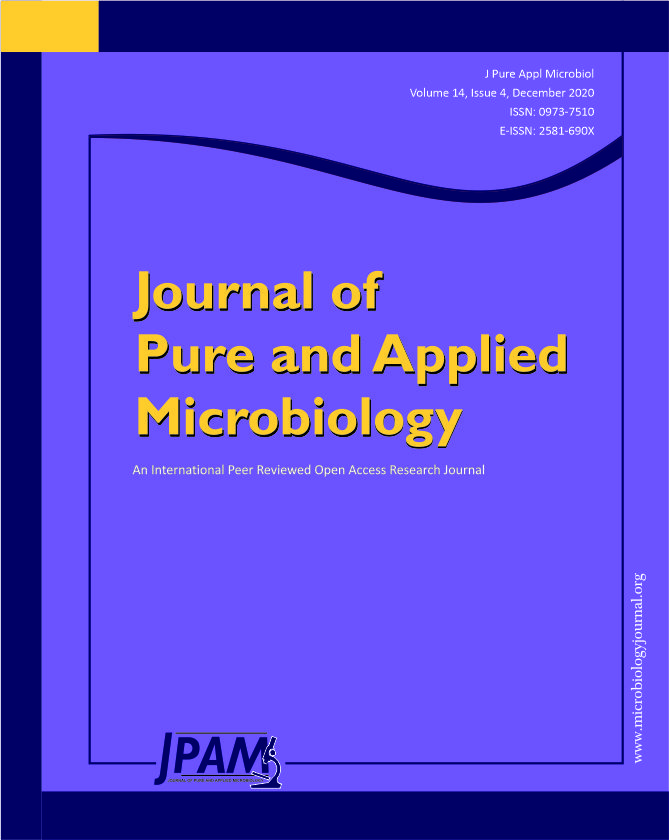Acinetobacter baumannii is an opportunistic microorganism commonly found in intensive care units (ICUs), and it is responsible for a broad span of hospital-acquired infections. Persistence of nosocomial infection caused by multidrug-resistant (MDR) A. baumannii is an alarming health care issue in Egypt, and at present, colistin remains the treatment of choice for the management of MDR A. baumannii infections. A. baumannii possesses great capacity to develop and acquire resistance to a broad range of antibiotics. The acquisition and dissemination of antibiotic-resistant determinants in A. baumannii strains are mediated by integrons, especially class I integrons. This study focuses on the characterization of some genetic mechanisms underlying the multidrug-resistant phenotypes of A. baumannii isolates in Egypt. Forty-eight A. baumannii specimens were isolated from different hospitalized patients; least resistance was observed against amikacin and tigecycline, with 60% and 58.5% of the isolates resistant, respectively, whereas 62.5% of the isolates were resistant to imipenem and meropenem. The highest sensitivity was found for colistin. Genetic analysis revealed that blaoxa-51 was detected in all isolates, the blaoxa-23-like gene was detected in 80% of the isolates, and blaoxa-24 and blaoxs-58 were not detected in any isolate. Finally, PCR analysis revealed that 6.6% of isolates carried the class I integron gene.
Acinetobacter baumannii, Multidrug-resistant (MDR)
© The Author(s) 2020. Open Access. This article is distributed under the terms of the Creative Commons Attribution 4.0 International License which permits unrestricted use, sharing, distribution, and reproduction in any medium, provided you give appropriate credit to the original author(s) and the source, provide a link to the Creative Commons license, and indicate if changes were made.


